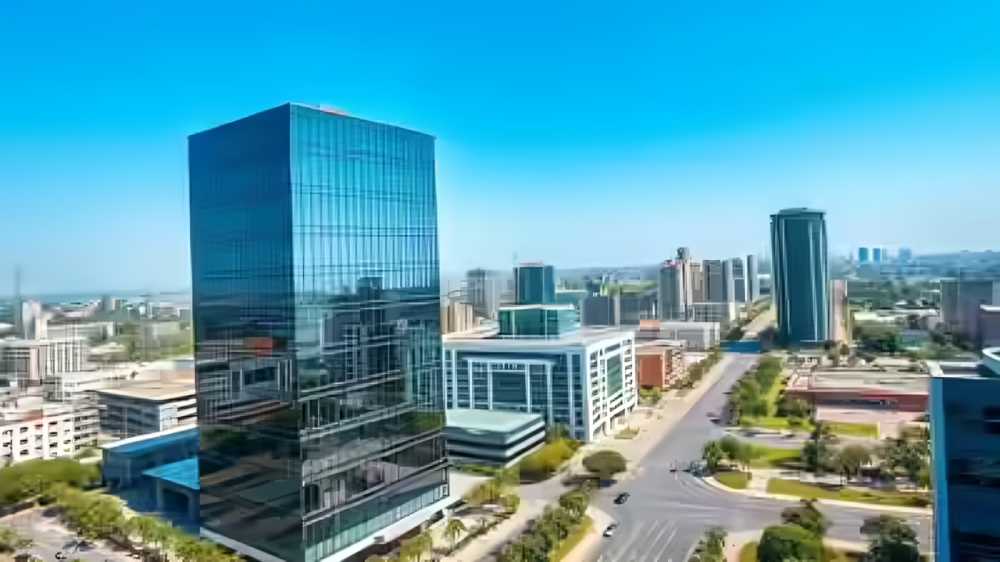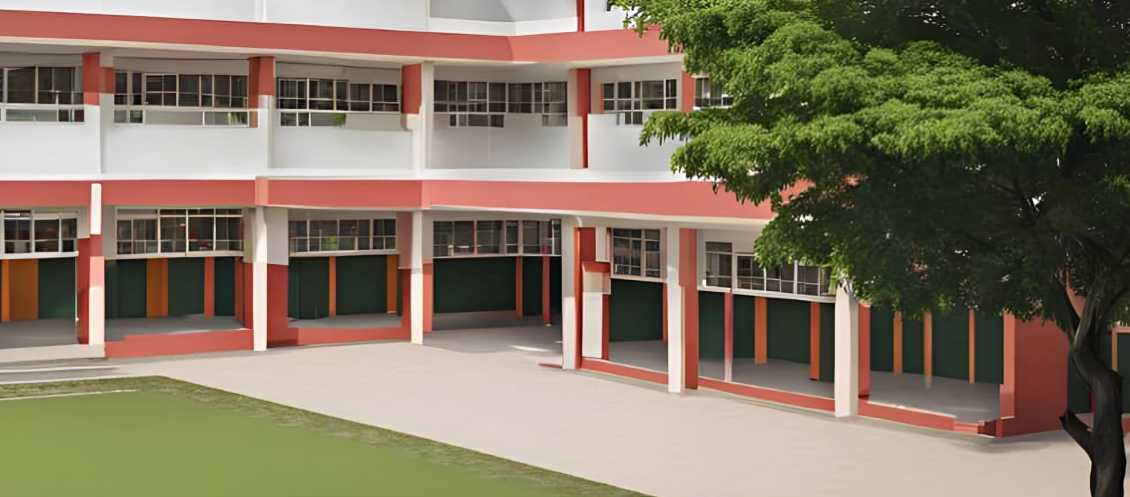October 14, 2025: Private equity (PE) investment in Indian real estate fell to a four-year low in the first half of FY26, with total inflows dropping 15% year-on-year to USD 2.2 billion, reflecting a slowdown in deal activity and smaller average transaction sizes. According to ANAROCK Investment Banking’s report, “FLUX: Market Monitor for Capital Flows in Indian RE, H1 FY26,” PE inflows peaked at USD 6.4 billion in FY21 and declined to USD 3.7 billion in FY25.
In H1 FY26, the number of deals fell 12% to 22 from 25 a year ago, while the average deal size dropped 31% to USD 77 million. The top 10 deals accounted for 77% of total inflows, compared with 93% a year earlier, indicating a slightly broader distribution of capital. The largest transaction was Blackstone’s USD 377 million acquisition of South City Mall in Kolkata, followed by a USD 348 million Kanakia-Hines-Sumitomo-Mitsubishi deal in Mumbai.
Commercial and residential assets attracted most of the funding, while industrial and logistics projects saw no institutional deals. Segment-wise, commercial offices accounted for 40% of inflows, retail 17%, mixed-use 19%, residential 15%, data centres 5%, and hotels 4%. The asset mix has shifted from FY25, when industrial and logistics were prominent.
By geography, the Mumbai Metropolitan Region (MMR) and Kolkata together captured half of all inflows, with MMR’s share rising to 33% and Kolkata’s to 17%. Chennai accounted for 13%, while pan-India deals fell to 7% from 51% last year. Equity funding dominated at 78% of total inflows, while debt comprised 22%. Foreign investors contributed 73% of capital, with domestic funds at 7%, and hybrid deals at 20%.
ANAROCK noted that despite slower overall flows, investor interest remains strong in residential, retail, and commercial office segments. REITs also saw renewed confidence, aided by SEBI’s reclassification of REITs as equities and robust rallies in unit prices. Institutional interest in industrial and logistics assets remained muted, but India’s growth trajectory and formalised real estate markets are expected to sustain long-term capital inflows, even as investment patterns shift across cities and asset types.
Source: The Times of India





